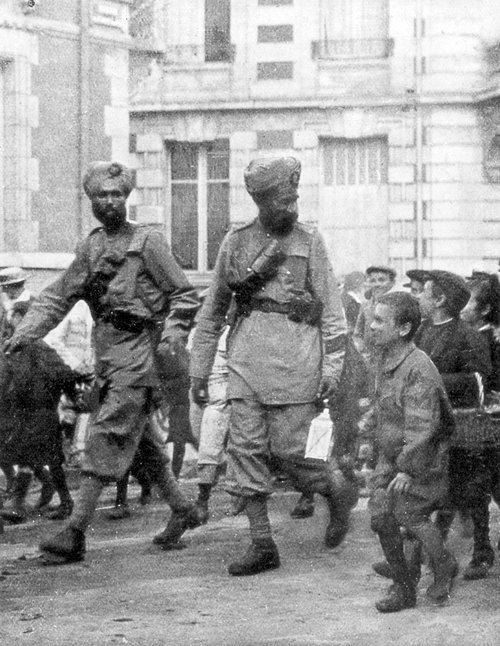
When the Snow Melts : Muslim Soldiers and the Great Wars
In this project I worked wth Himmah, a Nottingham based community group, to examine the period of the two Great Wars, and attempt to contextualise the Eurocentric war narrative within a broader black and Asian history.

The process of public remembrance about the World Wars, through memorials, books, films and paintings, has created a national narrative without the presence of black and Asian soldiers, not only in this country, but also in many of the former colonies. A better sense of a shared global history is imperative if we want to understand each other. At the end of the Second World War, Germany, India, Palestine and West Africa, would be partitioned and most political boundaries across Europe, Asia, Africa and the Middle East would be altered.
In this process, millions of people died or were forcibly displaced.
In this project we collected the stories of local (East Midlands) families who were affecting by the Second World War.
Inayet Ali (left) served in the British Indian Army during World War 2. He is 100 years old. Like many former soliders from India, he has never been invited to any of the formal memorial services in the UK.
The Empire was multicultural, and the battlefields reflected this reality. During wartime, soldiers from different parts of India, Africa, and the Caribbean met for the first time. Black and Asian colonial subjects sat alongside young white working class men from Europe, and they talked as equals. The Senegalese film maker Sembene Ousmane, who served in the French colonial army during 1944-46 once wrote, ‘In the army we saw those who considered themselves our masters, naked, in tears, some cowardly or ignorant…When a white soldier asked me to write a letter for him, it was a revelation – I thought all Europeans knew how to write. The war demystified the coloniser; the veil fell.’ (Fighting for Britain: African Soldiers in the Second World War, Killingrey and Plaut 2012)
Young Indian soldiers dismantling a bomb in Eritrea, 1943
Gambian wife saying goodbye to husband as he leave for War. Gambia, 1942
Indian Soliders welcomed in France, 1915
Millions of soldiers and civilians were recruited to theBritish Army from Asia and Africa during the two World Wars. These wars were global events, and although the role of black and Asian soldiers was widely reported, after the wars ended their presence disappeared from the public gaze.
This is perhaps a reason why society at large assumes that black and Asian people arrived in the UK after war ended, rather than when the Empire began.
Indian Soliders at Somme, 1916
As part of the project we held a exhibition at the New Art Exchange, Nottingham.
Images of WW2 vetrans who come from Nottingham at the New Art Exchange
View the exhibition
The New Art Exchange in Nottingham made a short film explain how we put the exhibition and its importance to the local community. You can watch it here.









